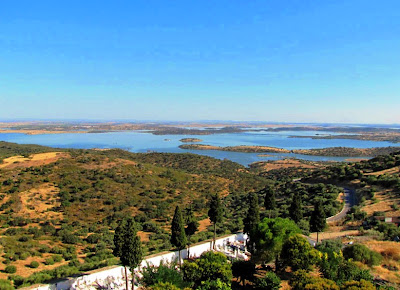Bolinhos de bacalhau (name in Northern Portugal), “codfish cakes”, or “pastéis de bacalhau” (name in Central and Southern Portugal), “codfish pastries”, are a typical dish made with potatoes, bacalhau (codfish), eggs, parsley, and some other minor ingredients.
The bolinhos or pastéis de bacalhau are deep fried and served before meals or as a meal itself (usually served with rice).
It is a very popular snack in Portuguese restaurants and taverns.
Bolinhos de bacalhau
(nome no norte de Portugal), pastéis
de bacalhau (nome no centro e sul de Portugal),
é um prato típico feito com batatas, bacalhau, ovos, salsa, e alguns outros ingredientes
menores. Os bolinhos ou pastéis de bacalhau
são fritos e servidos antes das refeições como aperitivo ou como
refeição em si (geralmente servido com arroz).
É um petisco muito popular em restaurantes e tavernas portuguesas.






















































